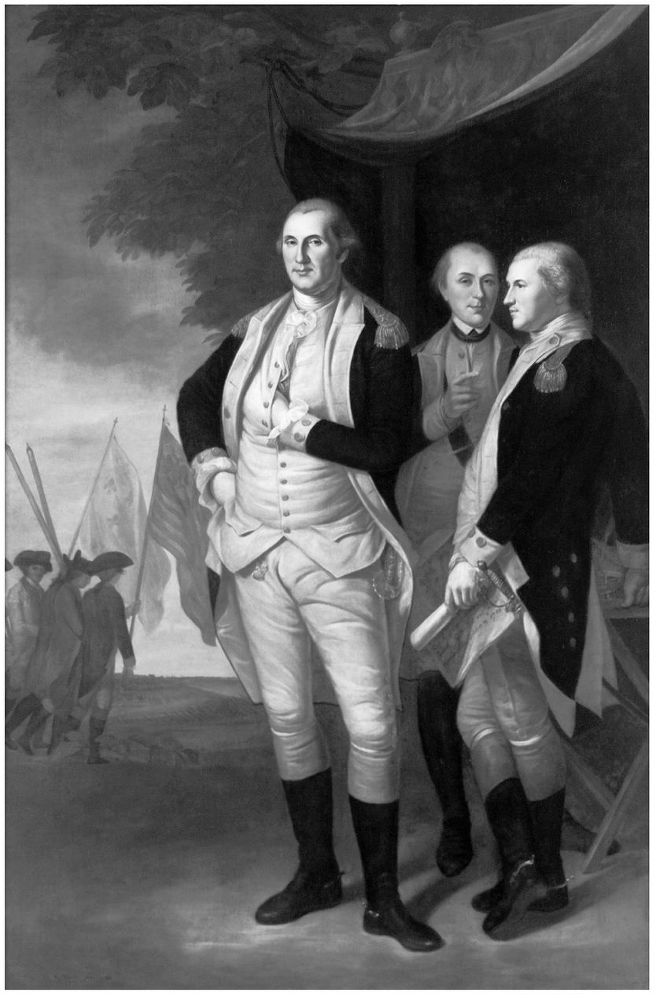
George Washington portrayed in the aftermath of his Yorktown victory. The Marquis de Lafayette stands between Washington and his beloved aide-de-camp Tench Tilghman, who grasps the articles of capitulation.
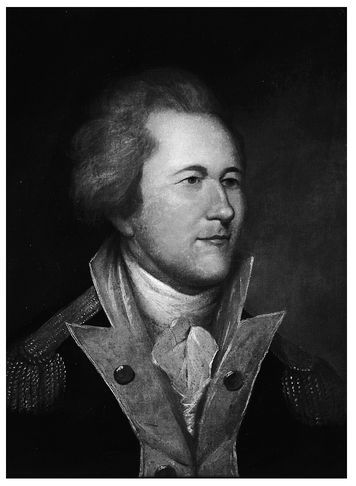
Fired by sparkling intelligence and unstoppable ambition, Alexander Hamilton flourished as a wartime aide to Washington and later as treasury secretary because the two men agreed on so many policy issues.
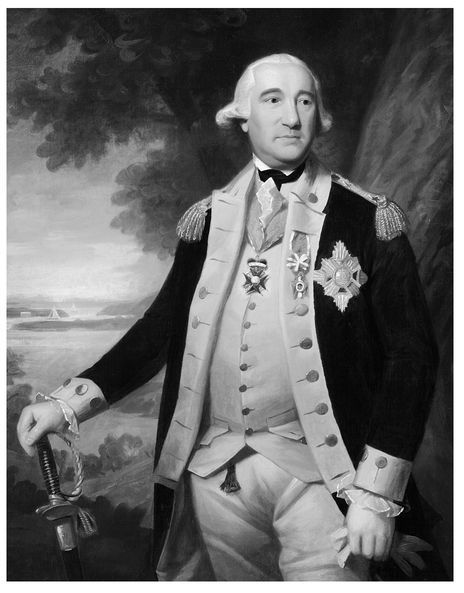
“Baron” von Steuben. Colorful, flamboyant, and profane, Steuben performed wonders as the drillmaster at Valley Forge, introducing a new professionalism and forging discipline in the Continental Army.
The chief political opponents of Washington’s presidency.
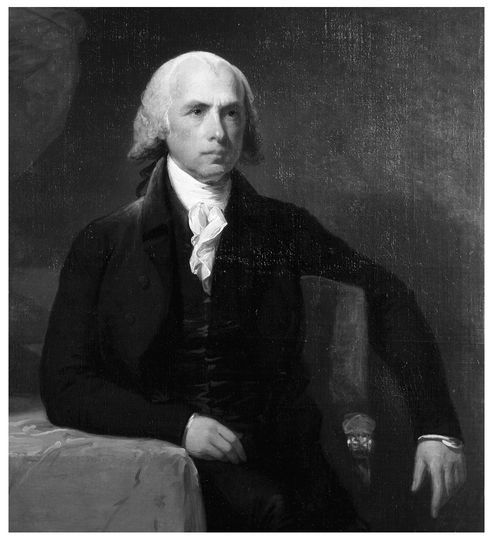
At first a trusted adviser to Washington and his peerless tutor on the Constitution, James Madison emerged unexpectedly as his most formidable adversary in Congress.
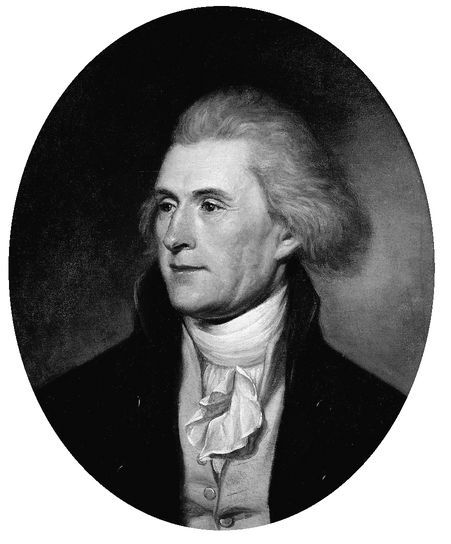
While Washington’s secretary of state, Thomas Jefferson teamed up with Madison, in a sometimes covert partnership, to contest the policies of the administration, inaugurating a major political party in the process.
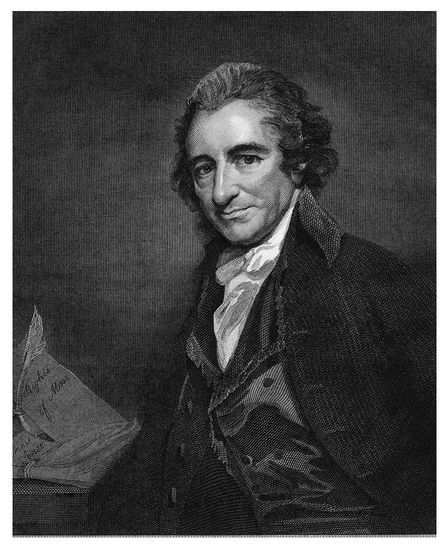
An ardent admirer of Washington early in the Revolutionary War, Thomas Paine later turned into a scathing critic.

As the editor of an opposition paper, Philip Freneau heaped so many aspersions on Washington that the exasperated president denounced him as a “rascal.”
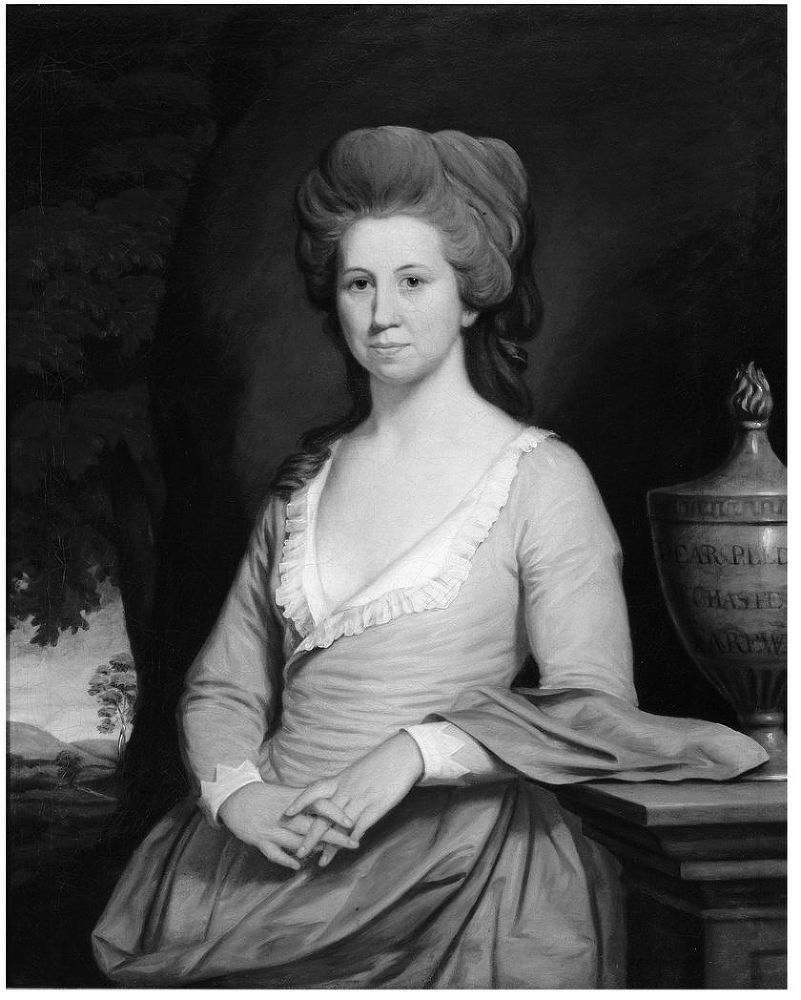
Elizabeth Willing Powel, a married woman of exceptional intelligence and literary flair, was Washington’s most intimate female friend and confidante during his presidency.
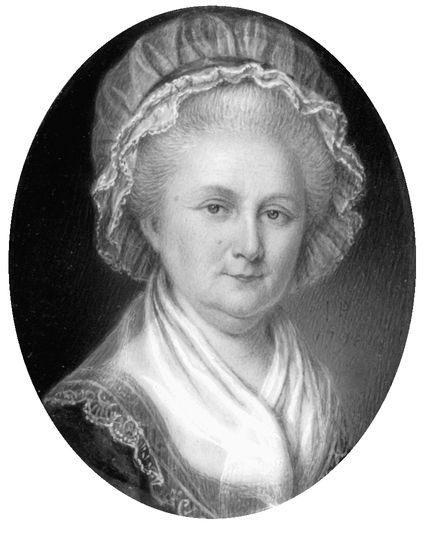
This image of Martha Washington captures both her sweetness and her sadness in later years.
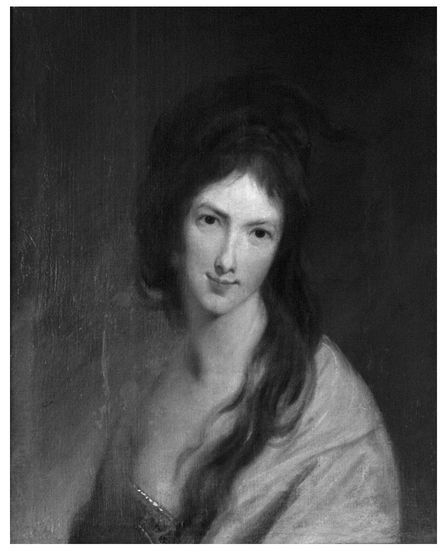
Frances “Fanny” Bassett, a niece of Martha Washington’s, came to live at Mount Vernon in early adolescence and, with her winning personality, ended up as a much-loved surrogate daughter.
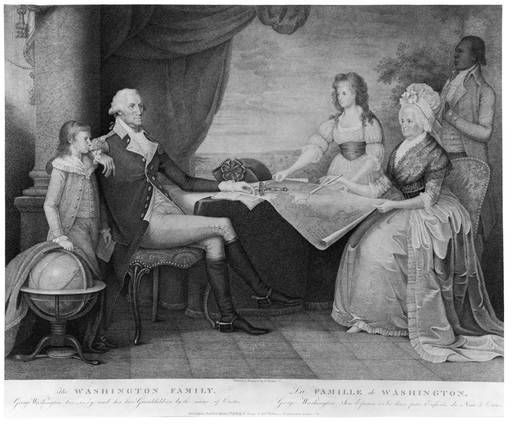
The Washington Family. This classic portrait of George and Martha Washington includes the two Custis grandchildren they reared: George Washington Parke Custis, left, and Eleanor Parke Custis, right. The slave depicted at right may have been William Lee or Christopher Sheels.
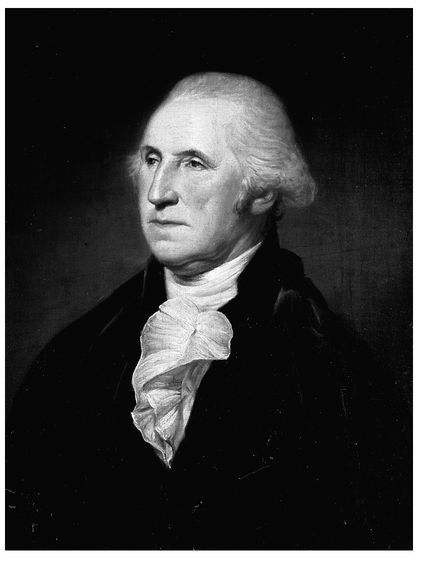
This painting of an aging President Washington shows just how haggard and careworn he appeared during his contentious second term.
Part of Washington’s attachment to Hamilton sprang from his persistent concern for his personal papers, which he saw as guaranteeing his posthumous fame and preserving his record from distortion by posterity. The way Washington fussed over these documents confirms that he knew he was a historic personage and reflected his awareness that his personal saga was inextricably entwined with that of the new nation. As early as August 1776, while bracing for Howe’s assault on New York, he had shown solicitude for his papers, sending a box of them to Philadelphia for safekeeping. The following year he had a chest with strong hinges constructed to hold them. After Hamilton left his employ in April 1781, Washington asked Congress to hire secretaries to make copies of his wartime correspondence. “Unless a set of writers are employed for the sole purpose of recording them,” he explained, “it will not be in my power to accomplish this necessary work and equally impracticable perhaps to preserve from injury and loss such valuable papers.”32 Instead of the rough originals, Washington wanted clerks who wrote “a fair hand” to produce a magnificent set of bound papers.33
Lieutenant Colonel Richard Varick, the former aide to Benedict Arnold, was appointed to head the editorial team and at various times hired six different clerks to assist him. With his customary attention to detail, Washington told Varick that he wanted “a similarity and beauty in the whole execution” with “all the writing . . . to be upon black lines equidistant. All the books to have the same margin and to be indexed in so clear and intelligent a manner that there may be no difficulty in the references.”34 It was astounding that, in the midst of war, Washington would issue such precise guidelines. It was no less astounding that he elicited an appropriation for the project, even as he complained about the poor pay and provisions granted to his army. For more than two years, Varick and his clerks beavered away at the gigantic effort in Poughkeepsie, New York. They worked eight-hour days and filled up twenty-eight volumes with correspondence. Washington hoped this written record would stand as a polished monument to his wartime achievement—the perfect strategy for a man who shrank from overt self-promotion.
ONE AMERICAN WHO ALMOST NEVER acknowledged Washington’s wartime heroism was his mother, who left behind scarcely a single memorable sentence about her son’s outsize success. With more to brag about than any other mother in American history, she took no evident pride in her son’s accomplishments. As early as 1807 one Washington biographer wrote that Mary was “so far from being partial to the American revolution that she frequently regretted the side her son had taken in the contest between her king and her country.”35 The best one can say about Mary Washington is that she did not exploit her son’s renown for her own benefit. Instead, she leveled a steady stream of criticism at him, the gist being that he had abandoned her. “She had always been resentful of anything he had done that was not in her service,” wrote James T. Flexner, “and she had talked so against George’s activities that she was believed by many to be a Tory. Her perpetual complaint was of neglect.”36 For a son as dutiful as George Washington, this was a strange accusation and only made him more distant from his mother. He seems not to have sent her a single letter during the entire war, prompting Douglas Southall Freeman to comment that the “strangest mystery of Washington’s life” was “his lack of affection for his mother.”37 Observers noted a similarity between mother and son. When Baron Ludwig von Closen, an aide to Rochambeau, visited Mary Washington, he left this impression: “The afternoon I passed with Mrs. Washington and her sister, both ladies no less venerable in their way than the General was in his.”38
Before the Revolution, as noted earlier, Washington had set up his mother with a house and garden in Fredericksburg and instructed Lund Washington to attend to her financial needs in his absence. He agreed to pay rent to her based on the proceeds from the slaves and farmland she still owned. This mismanaged property had never yielded even half the money he agreed to pay her, so that the “rent” constituted a large outright subsidy. He had even sold off slaves to pay the exorbitant property taxes. During the war Washington had never received a single complaint about Lund’s treatment of his mother and must have assumed she was perfectly content. In fact, Mary was far from content as she struggled with poor health, wartime food shortages, and the grave illness of her son-in-law and next-door neighbor, Fielding Lewis. Yet Washington heard nothing from her directly about these problems and learned about them only in an embarrassing fashion.